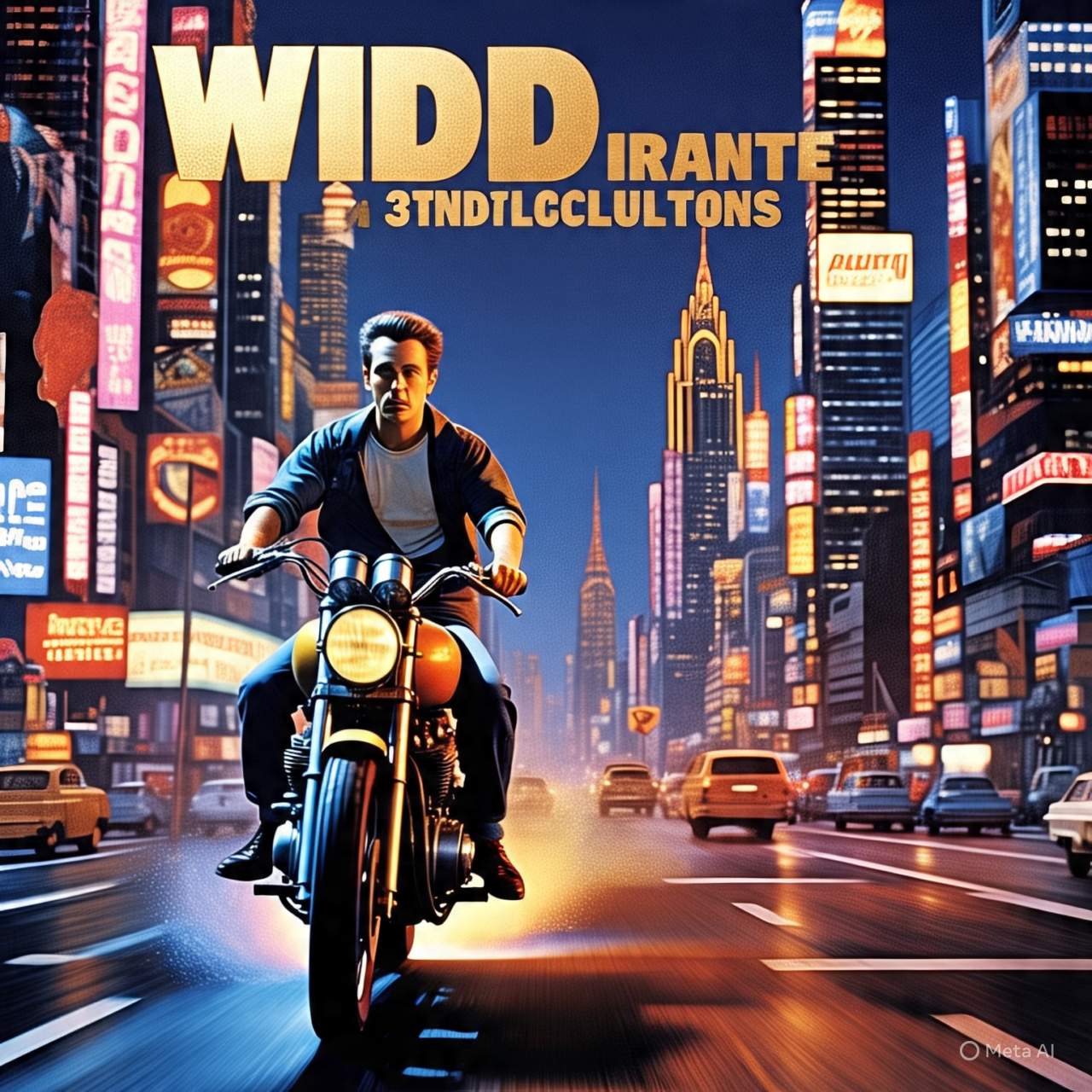Rediscovering the Technicolor Collection: A Stunning Archive of Classic 35mm Films Featuring Iconic Titles Like Wild at Heart
Hollywood, CA — Film enthusiasts and historians are buzzing about a remarkable archive known as the “Technicolor Collection,” a treasure trove of vintage films meticulously preserved and presented with the authentic look of classic 35mm Technicolor cinema. This collection showcases the rich, saturated hues and distinctive visual style that defined mid-20th century filmmaking, with several noteworthy titles included — among them, the cult classic Wild at Heart.
The Magic of Technicolor: Bringing Films Back to Life
Technicolor was the leading color motion picture process from the 1920s through the 1950s and 1960s. It revolutionized cinema by delivering vibrant, highly saturated colors, which brought films to life with an intensity that black-and-white simply couldn’t match. The “Technicolor Collection” is designed to replicate that visual experience, capturing the look and feel of original 35mm prints with a signature “Rome” color palette — known for its warm, slightly golden tones and deep contrasts.
The collection’s preservation efforts are crucial as many original prints have been lost or degraded over time. Using modern digital restoration techniques, curators have revived these films, allowing contemporary audiences to experience the classic Technicolor aesthetic with unprecedented clarity and fidelity.
Highlights from the Collection: Wild at Heart and More
One of the most talked-about titles in the collection is David Lynch’s Wild at Heart (1990), a film renowned for its vivid imagery and surreal narrative. Although not originally shot on classic Technicolor film stock, the restored version in this collection has been carefully color-graded to emulate the Technicolor style, offering a unique visual reinterpretation that honors both Lynch’s artistic vision and the nostalgic look of classic cinema.
Other titles in the “Technicolor Collection” include vintage Hollywood dramas, musicals, and adventure films, all enhanced to emphasize bold colors and textures reminiscent of Technicolor’s heyday. These restored prints provide film scholars and fans alike a valuable resource for studying film history, color grading techniques, and the evolution of cinematic storytelling.
Why the Technicolor Look Still Matters
Technicolor’s influence extends beyond mere nostalgia. It shaped how stories were told visually, influencing filmmakers across generations. Today’s digital colorists and directors often study Technicolor prints to understand how color can evoke emotion, set tone, and enrich narrative depth.
“The Technicolor Collection is more than just a set of films — it’s an educational archive,” says Dr. Emily Clarke, a film historian at UCLA. “By experiencing these films in their authentic color form, we gain insight into the artistry and technical innovation that shaped modern cinema.”
Access and Availability
The “Technicolor Collection” is currently being showcased in select film festivals, archives, and special screening events across the United States and Europe. Additionally, several titles have been made available through streaming platforms dedicated to classic and restored cinema, giving cinephiles worldwide the opportunity to enjoy these masterpieces with stunning Technicolor visuals.
Conclusion
As film preservation continues to evolve, projects like the “Technicolor Collection” play a vital role in safeguarding cinematic heritage. By breathing new life into these iconic films and emphasizing their original color artistry, the collection offers both a window into the past and inspiration for future filmmakers.
Sources:
- UCLA Film & Television Archive — archive.ucla.edu
- The American Film Institute on Technicolor History — afi.com
- Criterion Collection interviews on film restoration — criterion.com
- David Lynch’s Wild at Heart production notes — lynchnet.com

